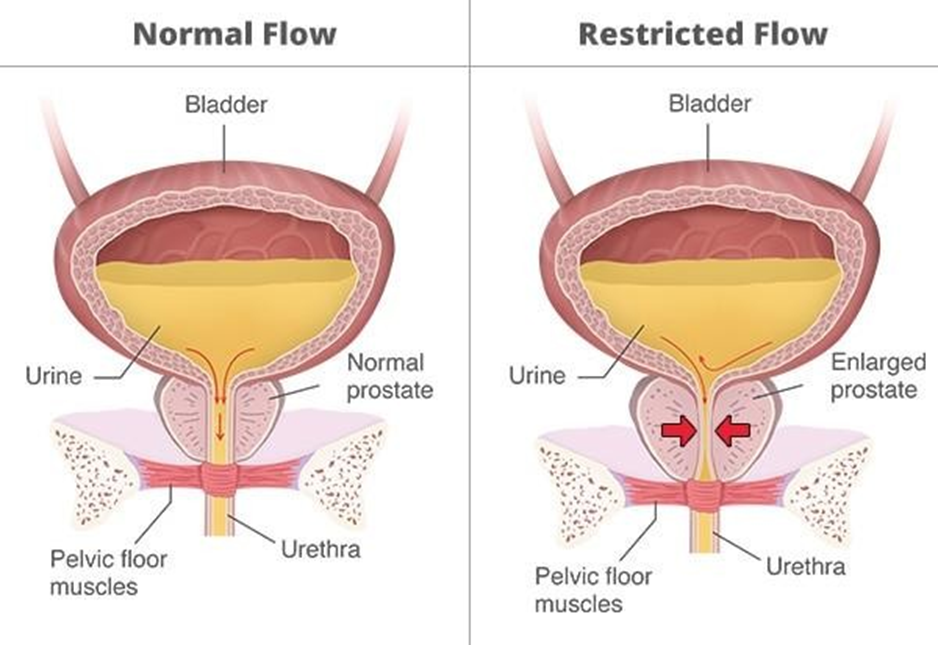A nurse in the emergency department is performing triage for a group of clients who were in a train crash. Which of the following clients should the nurse tag as emergent?
A client who has an open fracture of the femur
A client who has periorbital ecchymosis
A client who has a deep partial thickness burn on the lower extremities
A client who has an asymmetrical thorax
The Correct Answer is D
Rationale for A: An open fracture of the femur is serious and requires prompt treatment, but it does not typically indicate an immediate life threat compared to other conditions.
Rationale for B: Periorbital ecchymosis can indicate facial trauma, but it is not necessarily life-threatening and would not be prioritized as emergent.
Rationale for C: A deep partial thickness burn on the lower extremities is significant and requires treatment, but unless the burn covers a large area or is complicated by other factors, it is not the most critical issue compared to respiratory or cardiovascular threats.
Rationale for D: An asymmetrical thorax may suggest a possible pneumothorax or other significant respiratory issue, which could lead to respiratory distress or failure. This client should be tagged as emergent due to the potential for rapid deterioration.
Nursing Test Bank
Naxlex Comprehensive Predictor Exams
Related Questions
Correct Answer is B
Explanation
A. Offering a sedative might not address the situation appropriately; the client's decision to leave needs to be managed through proper channels.
B. Informing the client about the discharge process and the requirement of a discharge prescription from the provider is appropriate and educates the client on the necessary steps.
C. Assigning a security officer might not be necessary unless there are safety concerns or imminent risks.
D. Having the client sign the Against Medical Advice (AMA) form might be necessary if the client insists on leaving against medical advice, but explaining the proper discharge process should be attempted first.
Correct Answer is B
Explanation
A. A client who has peripheral vascular disease and has an absent pedal pulse in the right foot is not the highest priority because this is a chronic condition that does not pose an
immediate threat to the client's health. The nurse should monitor the client's circulation, provide education on foot care, and encourage smoking cessation if applicable.
B. This client is at risk for urinary retention, which can lead to bladder distension,
infection, and renal damage. The nurse should assess the client's bladder, perform a
bladder scan, and notify the provider if indicated. This is the most urgent situation that requires immediate intervention.
C. A client who is newly diagnosed with pancreatic cancer and is scheduled to begin IV chemotherapy is not the highest priority because this is a planned procedure that does not require immediate action. The nurse should prepare the client for chemotherapy, provide emotional support, and teach the client about potential side effects and complications.
D. A client who has methicillin-resistant Staphylococcus aureus (MRSA) and has an
axillary temperature of 38° C (101° F) is not the highest priority because this is a sign of infection that can be managed with antibiotics and infection control measures. The nurse should administer the prescribed antibiotics, monitor the client's vital signs, and
implement contact precautions.

Whether you are a student looking to ace your exams or a practicing nurse seeking to enhance your expertise , our nursing education contents will empower you with the confidence and competence to make a difference in the lives of patients and become a respected leader in the healthcare field.
Visit Naxlex, invest in your future and unlock endless possibilities with our unparalleled nursing education contents today
Report Wrong Answer on the Current Question
Do you disagree with the answer? If yes, what is your expected answer? Explain.
Kindly be descriptive with the issue you are facing.
